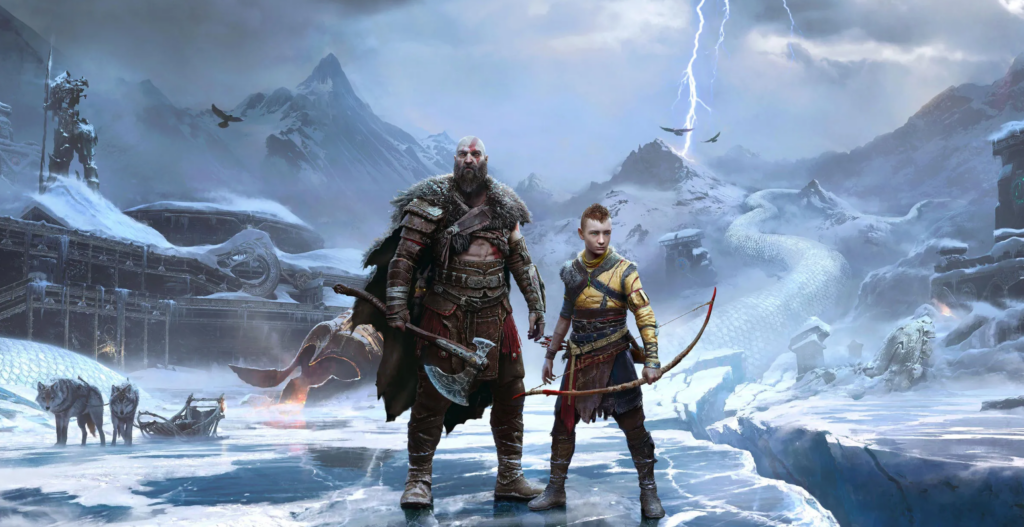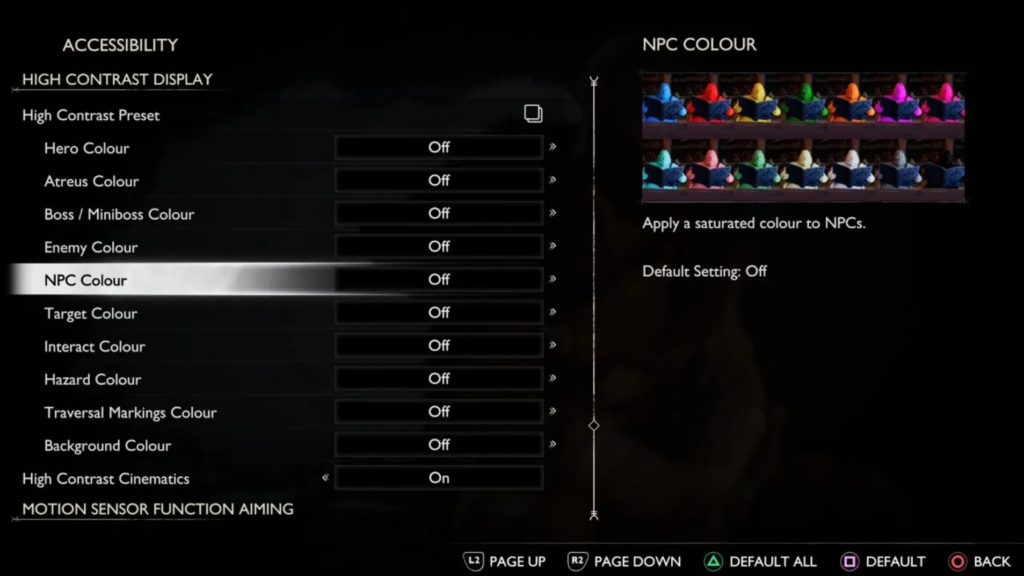A Masterful Culmination of the God of War’s Character Arc

Many gamers are likely familiar with Kratos from the God of War series in some way, whether it be from playing through his saga in Greece back on the PlayStation 2 to PlayStation 3, or seeing his crossover appearance in other games such as Mortal Kombat, SoulCalibur, and Fortnite. In a series spanning seventeen years, Kratos has seen and done a lot, and with that has come a long history of adventures, filled with bargains and betrayals. Along his journey, we’ve gotten to see Kratos grow, evolving into a very different man by the time of God of War (2018). This has culminated into a man in God of War: Ragnarok that many would have never imagined Kratos being capable of becoming when we first met him in 2005.
God of War: Ragnarok gives us more of a Kratos that is much more in control of himself than his younger self could have probably ever imagined of being. The writing in Ragnarok focuses especially on this version of Kratos’s relationship with his son, Atreus, and Atreus’s own path to come into his own. However, this more in control Kratos is no less dangerous than his former iterations, and gamers and bring his full force to bear throughout their travels of the Nine Realms.
Combat in God of War: Ragnarok will feel very familiar to those that played God of War (2018). The same active combat style with the same style of blocks, parries, throws, and strikes, Ragnarok makes the logical choice of starting players with a fair few of the abilities from the previous game already unlocked. Instead of the “remove and replace” method that previous God of War titles did for Kratos’s skills, Ragnarok builds on top of the foundation left from God of War (2018). The skill trees not only exist for each of Kratos’s three weapons, which players can swap between with a press of a button to best suit their play-style for the situation, but Ragnarok also adds combination skills that allows companion characters to more effectively add damage and follow up on Kratos’s attacks. The resulting combat is responsive, smooth, and somewhat customizable from player to player, while still leaving a bit of challenge so that it’s not too much of a walk in the park, unless players select the “Give Me Story” difficulty option.

True to previous iterations of the series, Ragnarok has five difficulty choices in total, one of which can only be selected after having beaten the game at least once. The range of difficulty options gives a nice wide range of damage received, whether there are boss phase-shift checkpoints, and other such kindnesses or challenges. This, combined with a decently customizable accessibility settings menu, alternative controls, and gameplay assistance functions, means that players can really adjust quite a bit of the game to suit their needs and play-style.
Overall, Santa Monica Studio has not only crafted a fantastic story for the latest installment of Kratos’s story, but also clearly done their utmost to try to ensure that as many people as possible were able to experience it. The attention to detail in storytelling, cinematography, sound design, accessibility, voice acting, and more creates an experience that is hard to pull yourself away from for all the right reasons.
